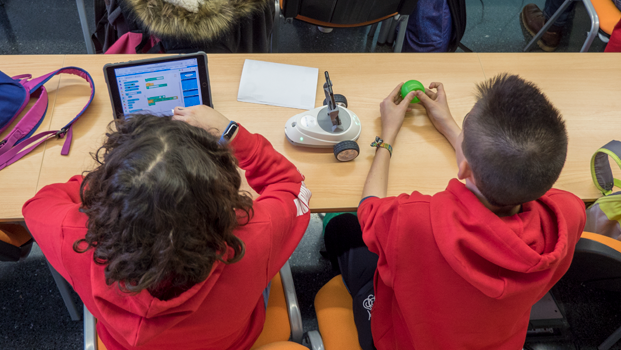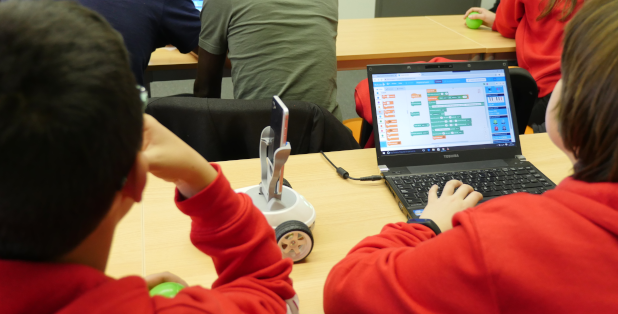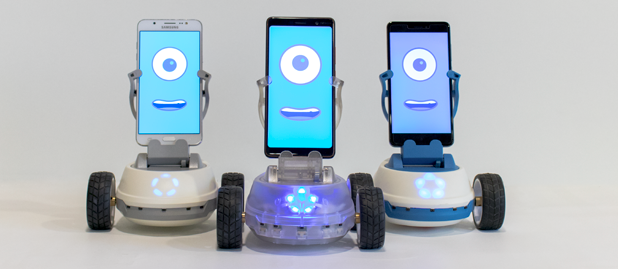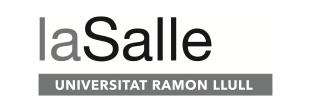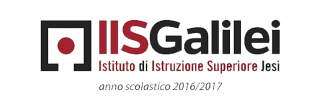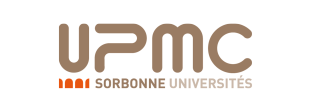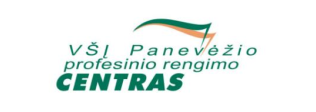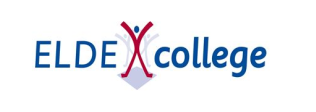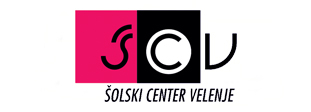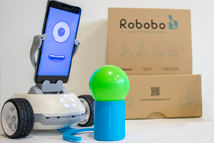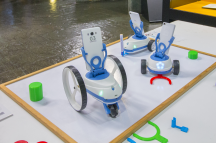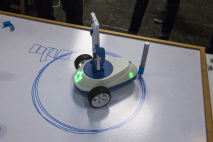3D Printing
The Robobo base supports the attachment of 3D printed accessories in its bottom part using simple screws. This allows students to use their imagination and add new features to the base to be used in their programs. Pushers, pen holders, wagons or bigger wheels can be designed, printed and attached to the base.
3D printing and Robobo present a strong synergy in education. Design new accessories, print them, connect them to Robobo and enjoy infinite possibilities, pure STEAM learning.
